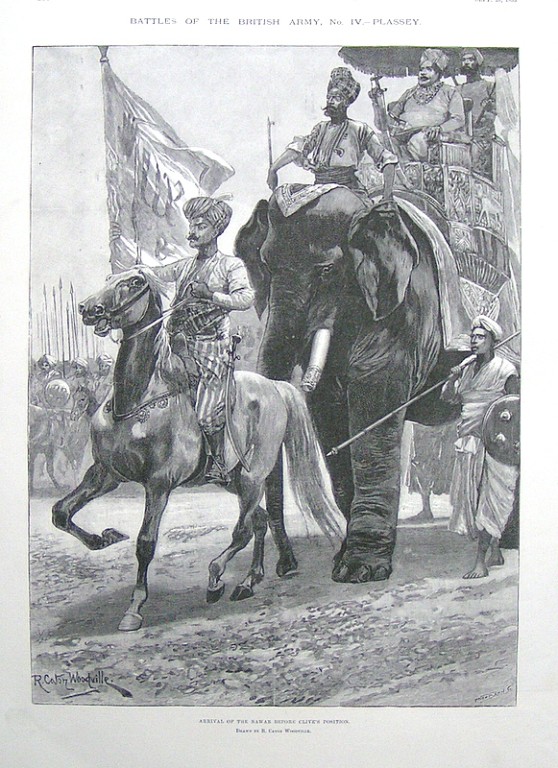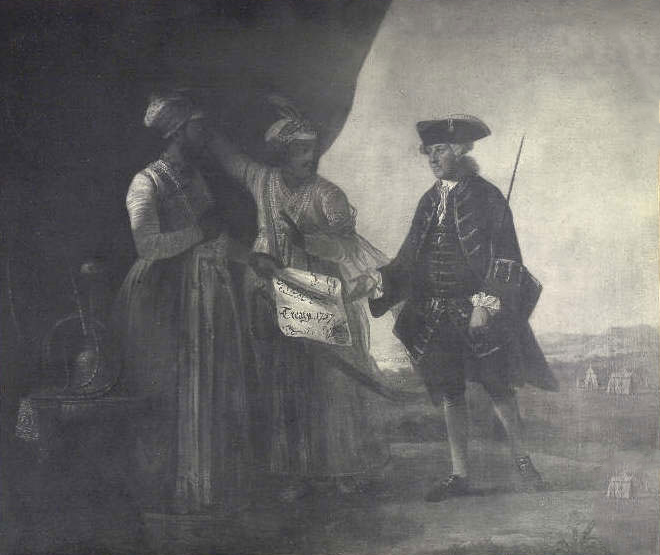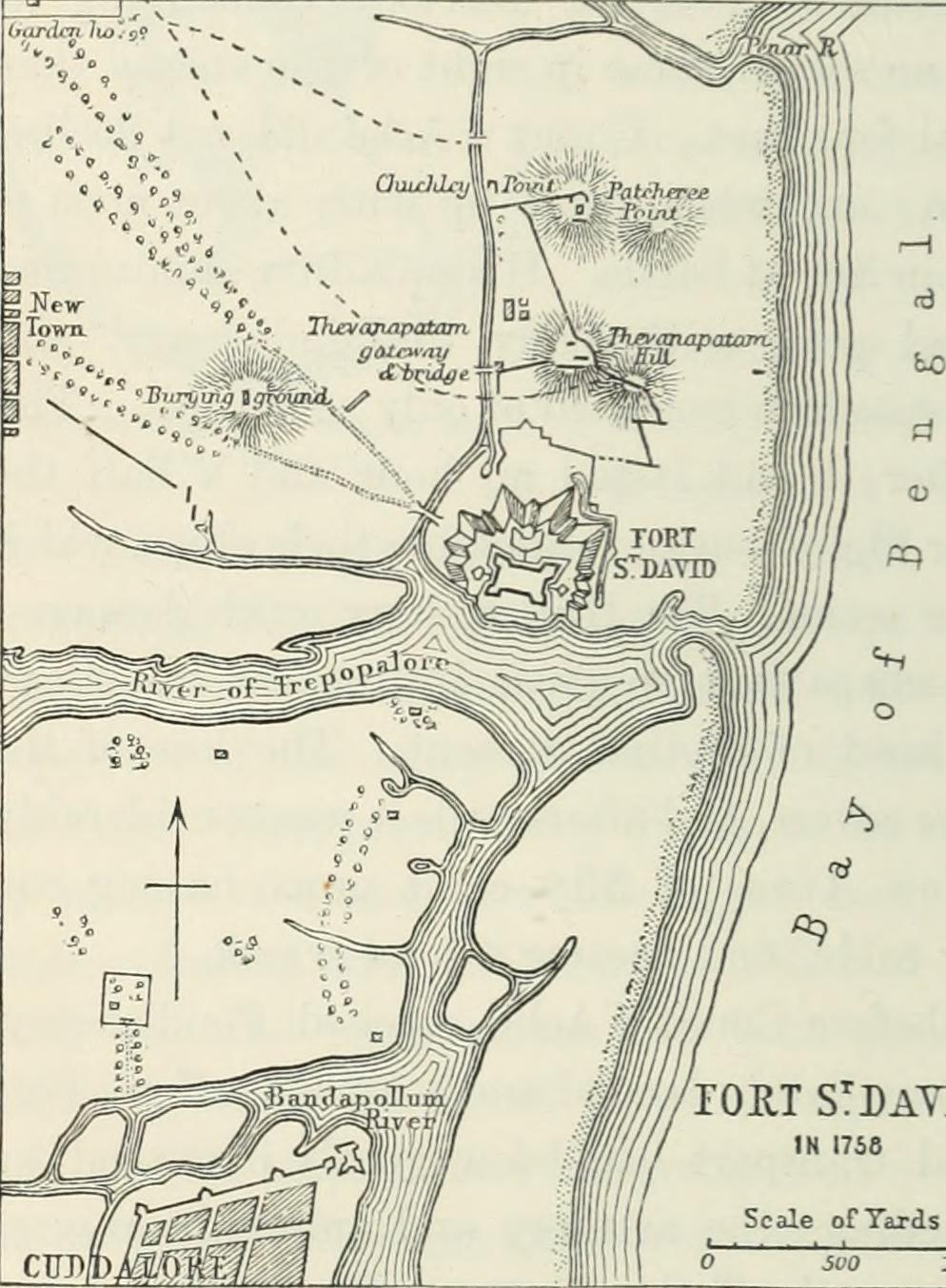|
Henry Vansittart
Henry Vansittart (3 June 1732 – 1770) was an English colonial administrator, who was the Governor of Bengal from 1759 to 1764. Life Vansittart was born in Bloomsbury in Middlesex, the third son of Arthur van Sittart (1691–1760), and his wife Martha, daughter of Sir John Stonhouse, 3rd Baronet. His father and his grandfather, Peter van Sittart (1651–1705), were both wealthy merchants and directors of the Russia Company. Peter, a merchant adventurer, who had migrated from Danzig to London about 1670, was also a director of the East India Company. The family name is taken from the town of Sittard in Limburg, the Netherlands. They settled at Shottesbrooke in Berkshire. Educated at Reading School and at Winchester College, Henry Vansittart joined the society of the Franciscans, or the ''Hellfire Club'', at Medmenham. His elder brothers, Arthur and Robert, were also members of this fraternity. In 1745, at the age of thirteen, he entered service of the East India Company as a ... [...More Info...] [...Related Items...] OR: [Wikipedia] [Google] [Baidu] |
Joshua Reynolds
Sir Joshua Reynolds (16 July 1723 – 23 February 1792) was an English painter, specialising in portraits. John Russell said he was one of the major European painters of the 18th century. He promoted the "Grand Style" in painting which depended on idealization of the imperfect. He was a founder and first president of the Royal Academy of Arts, and was knighted by George III in 1769. Early life Reynolds was born in Plympton, Devon, on 16 July 1723 the third son of the Rev. Samuel Reynolds, master of the Plympton Free Grammar School in the town. His father had been a fellow of Balliol College, Oxford, but did not send any of his sons to the university. One of his sisters was Mary Palmer (1716–1794), seven years his senior, author of ''Devonshire Dialogue'', whose fondness for drawing is said to have had much influence on him when a boy. In 1740 she provided £60, half of the premium paid to Thomas Hudson the portrait-painter, for Joshua's pupilage, and nine years later a ... [...More Info...] [...Related Items...] OR: [Wikipedia] [Google] [Baidu] |
Netherlands
) , anthem = ( en, "William of Nassau") , image_map = , map_caption = , subdivision_type = Sovereign state , subdivision_name = Kingdom of the Netherlands , established_title = Before independence , established_date = Spanish Netherlands , established_title2 = Act of Abjuration , established_date2 = 26 July 1581 , established_title3 = Peace of Münster , established_date3 = 30 January 1648 , established_title4 = Kingdom established , established_date4 = 16 March 1815 , established_title5 = Liberation Day (Netherlands), Liberation Day , established_date5 = 5 May 1945 , established_title6 = Charter for the Kingdom of the Netherlands, Kingdom Charter , established_date6 = 15 December 1954 , established_title7 = Dissolution of the Netherlands Antilles, Caribbean reorganisation , established_date7 = 10 October 2010 , official_languages = Dutch language, Dutch , languages_type = Regional languages , languages_sub = yes , languages = , languages2_type = Reco ... [...More Info...] [...Related Items...] OR: [Wikipedia] [Google] [Baidu] |
Parliament Of The United Kingdom
The Parliament of the United Kingdom is the supreme legislative body of the United Kingdom, the Crown Dependencies and the British Overseas Territories. It meets at the Palace of Westminster, London. It alone possesses legislative supremacy and thereby ultimate power over all other political bodies in the UK and the overseas territories. Parliament is bicameral but has three parts, consisting of the sovereign ( King-in-Parliament), the House of Lords, and the House of Commons (the primary chamber). In theory, power is officially vested in the King-in-Parliament. However, the Crown normally acts on the advice of the prime minister, and the powers of the House of Lords are limited to only delaying legislation; thus power is ''de facto'' vested in the House of Commons. The House of Commons is an elected chamber with elections to 650 single-member constituencies held at least every five years under the first-past-the-post system. By constitutional convention, all governme ... [...More Info...] [...Related Items...] OR: [Wikipedia] [Google] [Baidu] |
Mir Kasim
Mir Qasim ( bn, মীর কাশিম; died 8 May 1777) was the Nawab of Bengal from 1760 to 1763. He was installed as Nawab with the support of the British East India Company, replacing Mir Jafar, his father-in-law, who had himself been supported earlier by the East India Company after his role in winning the Battle of Plassey for the British. However, Mir Jafar eventually ran into disputes with the East India Company and attempted to form an alliance with the Dutch East India Company instead. The British eventually defeated the Dutch at Chinsura and overthrew Mir Jafar, replacing him with Mir Qasim. Qasim later fell out with the British and fought against them at Buxar. His defeat has been suggested as a key reason in the British becoming the dominant power in large parts of North and East India. Early life and family Sayyid Mir Qasim was the son of Mir Muhammad Razi Khan, and claimed descent from Ali al-Ridha. His paternal grandfather, Sayyid Husayn Ridhwi, entered the M ... [...More Info...] [...Related Items...] OR: [Wikipedia] [Google] [Baidu] |
Mir Jafar
Sayyid Mīr Jaʿfar ʿAlī Khān Bahādur ( – 5 February 1765) was a military general who became the first dependent Nawab of Bengal of the British East India Company. His reign has been considered by many historians as the start of the expansion of British control of the Indian subcontinent in Indian history and a key step in the eventual British domination of vast areas of pre-partition India. Mir Jafar served as the commander of the Bengali army under Siraj ud-Daulah, the Nawab of Bengal, but betrayed him during the Battle of Plassey and succeeded Daulah after the British victory in 1757. Mir Jafar received military support from the East India Company until 1760, when he failed to satisfy various British demands. In 1758, Robert Clive discovered that Jafar had made a treaty with the Dutch East India Company at Chinsurah through his agent Khoja Wajid. Dutch ships of the line were also seen in the River Hooghly. Jafar's dispute with the British eventually led to the Battle o ... [...More Info...] [...Related Items...] OR: [Wikipedia] [Google] [Baidu] |
Nawab Of Bengal
The Nawab of Bengal ( bn, বাংলার নবাব) was the hereditary ruler of Bengal Subah in Mughal India. In the early 18th-century, the Nawab of Bengal was the ''de facto'' independent ruler of the three regions of Bengal, Bihar, and Orissa which constitute the modern-day sovereign country of Bangladesh and the Indian states of West Bengal, Bihar and Orissa. They are often referred to as the Nawab of Bengal, Bihar and Orissa ( bn, বাংলা, বিহার ও উড়িষ্যার নবাব). The Nawabs were based in Murshidabad which was centrally located within Bengal, Bihar, and Odisha. Their chief, a former prime minister, became the first Nawab. The Nawabs continued to issue coins in the name of the Mughal Emperor, but for all practical purposes, the Nawabs governed as independent monarchs. Bengal continued to contribute the largest share of funds to the imperial treasury in Delhi. The Nawabs, backed by bankers such as the Jagat Seth, became th ... [...More Info...] [...Related Items...] OR: [Wikipedia] [Google] [Baidu] |
Bengal
Bengal ( ; bn, বাংলা/বঙ্গ, translit=Bānglā/Bôngô, ) is a geopolitical, cultural and historical region in South Asia, specifically in the eastern part of the Indian subcontinent at the apex of the Bay of Bengal, predominantly covering present-day Bangladesh and the Indian state of West Bengal. Geographically, it consists of the Ganges-Brahmaputra delta system, the largest river delta in the world and a section of the Himalayas up to Nepal and Bhutan. Dense woodlands, including hilly rainforests, cover Bengal's northern and eastern areas, while an elevated forested plateau covers its central area; the highest point is at Sandakphu. In the littoral southwest are the Sundarbans, the world's largest mangrove forest. The region has a monsoon climate, which the Bengali calendar divides into six seasons. Bengal, then known as Gangaridai, was a leading power in ancient South Asia, with extensive trade networks forming connections to as far away as Roman Egypt. ... [...More Info...] [...Related Items...] OR: [Wikipedia] [Google] [Baidu] |
Fort William, India
Fort William is a fort in Hastings, Calcutta (Kolkata). It was built during the early years of the Bengal Presidency of British India. It sits on the eastern banks of the Hooghly River, the major distributary of the River Ganges. One of Kolkata's most enduring Raj-era edifices, it extends over an area of 70.9 hectares. The fort was named after King William III. In front of the Fort is the Maidan, the largest park in the country. An internal guard room became the Black Hole of Calcutta. Today it is the Headquarters of Eastern Command of the Indian Army. History There are two Fort Williams. The original fort was built in the year 1696 by the British East India Company under the orders of Sir John Goldsborough which took a decade to complete. The permission was granted by Mughal Emperor Aurangzeb. Sir Charles Eyre started construction near the bank of the Hooghly River with the South-East Bastion and the adjacent walls. It was named after King William III in 1700. John Bea ... [...More Info...] [...Related Items...] OR: [Wikipedia] [Google] [Baidu] |
Madras
Chennai (, ), formerly known as Madras ( the official name until 1996), is the capital city of Tamil Nadu, the southernmost Indian state. The largest city of the state in area and population, Chennai is located on the Coromandel Coast of the Bay of Bengal. According to the 2011 Indian census, Chennai is the sixth-most populous city in the country and forms the fourth-most populous urban agglomeration. The Greater Chennai Corporation is the civic body responsible for the city; it is the oldest city corporation of India, established in 1688—the second oldest in the world after London. The city of Chennai is coterminous with Chennai district, which together with the adjoining suburbs constitutes the Chennai Metropolitan Area, the List of urban areas by population, 36th-largest urban area in the world by population and one of the largest metropolitan economies of India. The traditional and de facto gateway of South India, Chennai is among the most-visited Indian cities by f ... [...More Info...] [...Related Items...] OR: [Wikipedia] [Google] [Baidu] |
Fort St David
Fort St David, now in ruins, was a British fort near the town of Cuddalore, a hundred miles south of Chennai on the Coromandel Coast of India. It is located near silver beach without any maintenance. It was named for the patron saint of Wales because the governor of Madras at the time, Elihu Yale, was Welsh. History Fort St David, situated on the mouth of River Gadilam, has a memorable history. The region was under the domains of the Nayaks of Gingee. The Dutch in early 17th century wishing to expand their trade in the Bay of Bengal region and take advantage of the local manufacturing of goods choose the Cuddalore region and sought the permission of Krishnappa Nayaka of Gingee, to build a fort at Devanampatnam which was, subsequently granted in 1608 and construction was started. But the Nayak pulled back after the Portuguese, then dominant players at the Coramandal Coast trade, pressured Gingee's overlord rulers, Venkata I of Vijayanagara Empire to prevent Dutch entry. There ... [...More Info...] [...Related Items...] OR: [Wikipedia] [Google] [Baidu] |
Robert Vansittart (jurist)
Robert Vansittart (December 28, 1728 – January 31, 1789) was an English jurist, antiquarian and rake.Carlyle (2005) Life The son of Arthur Vansittart and Martha, daughter of Sir John Stonhouse, 3rd Baronet, and elder brother of Henry Vansittart, he grew up in Shottesbrooke in Berkshire. He was educated at Winchester College and Trinity College, Oxford, becoming a fellow of All Souls College, Oxford in 1748. In 1753, he was called to the bar at the Inner Temple. He held a number of minor judicial appointments, including that of recorder of Maidenhead in 1758 and Newbury in 1764, before being appointed Regius Professor of civil law at Oxford in 1767, a chair he held until his death. He published a number of antiquarian works in his spare time. He was a close acquaintance of Samuel Johnson, William Hogarth and Paul Whitehead and a participant in the debauchery of the Hellfire Club. He died, unmarried, in Oxford. A character in one of Johann Wolfgang von Goethe's comedies is nam ... [...More Info...] [...Related Items...] OR: [Wikipedia] [Google] [Baidu] |
Arthur Vansittart
Arthur is a common male given name of Brythonic origin. Its popularity derives from it being the name of the legendary hero King Arthur. The etymology is disputed. It may derive from the Celtic ''Artos'' meaning “Bear”. Another theory, more widely believed, is that the name is derived from the Roman clan '' Artorius'' who lived in Roman Britain for centuries. A common spelling variant used in many Slavic, Romance, and Germanic languages is Artur. In Spanish and Italian it is Arturo. Etymology The earliest datable attestation of the name Arthur is in the early 9th century Welsh-Latin text ''Historia Brittonum'', where it refers to a circa 5th to 6th-century Briton general who fought against the invading Saxons, and who later gave rise to the famous King Arthur of medieval legend and literature. A possible earlier mention of the same man is to be found in the epic Welsh poem ''Y Gododdin'' by Aneirin, which some scholars assign to the late 6th century, though this is still a mat ... [...More Info...] [...Related Items...] OR: [Wikipedia] [Google] [Baidu] |
.jpg)






